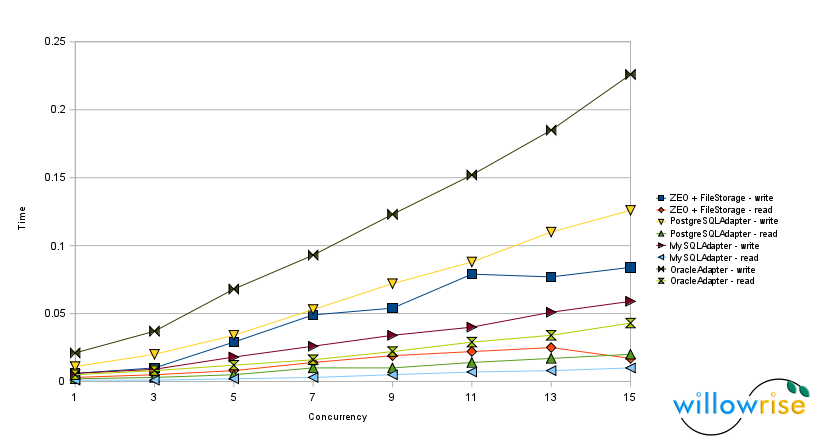I am a RepRapper! The RepRap project is an open source effort to build low cost 3D printers. Yeah, we’re building the seed of a Star Trek replicator. Don’t expect to eat the results yet, though!
A few months ago I bought the laser cut parts kit from Ian Adkins’ BitsFromBytes store. I expected that the laser cut kit would be very similar to the standard Darwin design on reprap.org, so I bought just the laser cut parts and ordered the hardware for the standard design from other sources (as listed on the former parts.rrrf.org site, which is now redirecting to Zach Hoeken’s RRRF store). I hoped to save a little money that way since shipping overseas is expensive. Unfortunately, the laser cut design is significantly different; in particular, it uses primarily M3 nuts and bolts while the standard design uses M5. So I ended up ordering a lot of extra hardware.
On the other hand, I don’t think that was such a bad idea, since now I have hard-won knowledge of where to find this obscure hardware. I know the RepRap project is trying hard to rely on commodity hardware, but metric hardware is rare in hardware stores in the USA, and what they have is overpriced. So I’ve had to rely on online sources for nearly everything.
In any case, I’ve forged ahead and now my machine is very close to being ready to print. All 3 axes move smoothly and the extruder motor seems to work well enough. The only thing I’m stuck on is the heater, which I have tried to build 3 times now, each time making some critical mistake. I’ve ordered a roll of 30 AWG nichrome wire from Amazon and a brass tube from onlinemetals.com; once they get here, I should be ready to build the heater correctly. I only wish I could buy such things locally so I wouldn’t have to wait!

